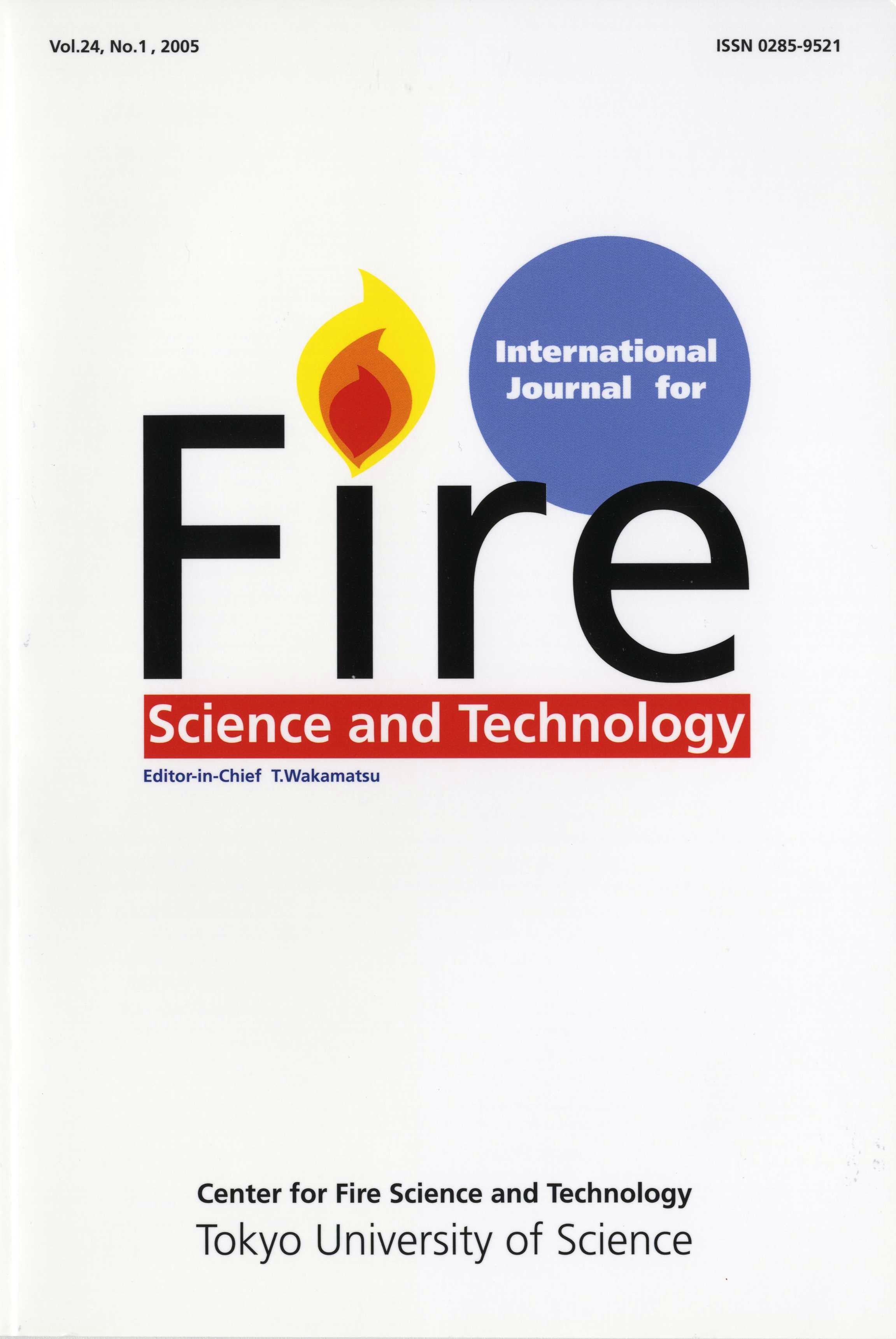All issues

Volume 30 (2011)
- Issue 4 Pages 91-
- Issue 3 Pages 69-
- Issue 2 Pages 45-
- Issue 1 Pages 1-
Volume 30, Issue 4
Displaying 1-3 of 3 articles from this issue
- |<
- <
- 1
- >
- >|
-
Ai Sekizawa, Katsunori Sasaki2011 Volume 30 Issue 4 Pages 91-100
Published: 2011
Released on J-STAGE: May 18, 2012
JOURNAL FREE ACCESSThe Great East-Japan Earthquake on March 11, 2011 actually caused large-scale and wide range fire damage. It may be said that the fire damage was equivalent or even larger in size and diversity of fire patterns, if comparing to the fire damages in the 1995 Hanshin-Awaji Great Earthquake. Also, this earthquake showed a distinctive feature such that there were quite many fires caused by tsunami directly and/or indirectly. As many of fires that occurred in the cities and towns, where there are coastal zone, were more or less affected by the tsunami, so we deemed them as "tsunami induced-fires" for the sake of convenience in the paper. On the other hand, the fires in the cities and towns, where there are not coastal zone, were not affected by tsunami, so we treated them as "earthquake-induced fires." Since the mechanism of occurrence of “tsunami-induced fires” differs largely from “earthquake-induced fires,” we think these two types of fires should be analyzed separately. In this paper, therefore, we describe the overview of fires following the Great East-Japan Earthquake such as regional distribution of fires and patterns of ignitions of both the above two types of fires. Also presented are the findings from the results of the analysis on the relation between the incidence of “earthquake-induced fires” and the seismic intensity in comparison with the data in the 1995 Hanshin-Awaji Great Earthquake.View full abstractDownload PDF (1176K) -
Tokiyoshi Yamada, U Hiroi, Noriaki Sakamoto2011 Volume 30 Issue 4 Pages 101-115
Published: 2011
Released on J-STAGE: May 18, 2012
JOURNAL FREE ACCESSAccording to official reports, 286 fires broke out due to the 2011 off the Pacific coast of Tohoku Earthquake and its aftershocks. Approximately half of the fires occurred in flooded area following the great tsunami. Those fires have very unique aspects compared with other conflagrations followed by big earthquakes in the past. Investigations of those large fires were conducted in various districts. Some characteristic aspects of fires are introduced with case examples related to fire developing patterns and regional characteristics based on topographical and industrial features.View full abstractDownload PDF (3840K) -
Akihiko Hokugo, Tomoaki Nishino, Takuya Inada2011 Volume 30 Issue 4 Pages 117-137
Published: 2011
Released on J-STAGE: May 18, 2012
JOURNAL FREE ACCESSThe Great East Japan Earthquake triggered fire outbreaks in many structures and buildings including hazardous-material facilities. The tsunami induced by the Earthquake also produced a huge impact under which various tanks and gas-cylinder facilities, automobiles, etc. were damaged and caused hazardous materials, such as gas and gasoline to leak. In addition, the tsunami swept away numerous objects which collided each other and broken electric cables sparked. In such situations, fires broke out at various places throughout the tsunami affected region, and some escalated to large-scale urban fires or forest fires. Many of the people that had been evacuated from the tsunami-affected zone had once again to be evacuated to avoid the spreading, escalating fires.View full abstractDownload PDF (40086K)
- |<
- <
- 1
- >
- >|